Innovations in technology have opened up teaching opportunities around the world, making it possible to start a teaching career from the comfort of home. Whether you’re teaching English classes for students abroad or working as an online professor for an Ivy League university, being an online teacher gives you the flexibility to take your job anywhere.
But traditional teaching methods don’t always work in a digital setting. You must be proactive in developing your skill set to thrive in an online classroom. Here are a few simple strategies you can implement to become a better online teacher:
1. Be fully present for the class
Just because you’re working remotely doesn’t mean that you can’t build solid relationships with your students. There are several ways you can communicate online and many different platforms you can use to stay connected. As the teacher, it’s your responsibility to set communication expectations, including where conversations will take place and how often you’ll check in with students.
2. Improve your communication skills
Make sure your instructions are clear. It doesn’t matter if you’re sending the class details for a homework assignment or typing a direct message to a student. Craft a well thought-out response and proofread the message before hitting the “send” button. Your writing tone should be clear, simple, and respectful.
3. Request feedback from students
As an online teacher, it’s your responsibility to offer students feedback on their work. At the same time, requesting feedback on the class is just as important for creating an optimal learning environment.
Allow students to provide honest and direct feedback on how the class is going. Ask each person to provide their thoughts on everything from teaching methods to instructional content. Look for areas of improvement so you can adjust your teaching style based on the unique needs of each class.
4. Organize course content
You will likely teach the same course multiple times, which is why it’s critical to have a good organizational system for the content. Tracking your course content each semester makes it easy to build on the curriculum in future semesters. There’s no need to redesign the program for every new group of students.
5. Include interactive course content
Your students will quickly tire if they have to sit through hours of lectures each day. Online learning offers interactive opportunities, but you need to build these options into your coursework.
Use real-time discussions, virtual live classes, and pop-up quizzes to ensure that students are staying engaged. The goal is to maintain active learning by keeping the conversations lively and interesting.
Pro Tip
Looking to make your lessons even more engaging? Use Jotform Presentation Agents to create interactive, voice-narrated slides that guide students through your course content, keeping them focused and engaged while adding a dynamic, personalized touch to your lessons.
6. Leverage online tools
Digital tools can be valuable resources for collecting data and homework, as well as giving online quizzes. You don’t need to create these resources from scratch. Instead, check out Jotform’s education form templates for teachers and administrators:
- Homework submission forms
- Education survey forms
- Online quizzes
- Parent-teacher conference forms
- Extracurricular activity signup forms
- Summer camp consent forms
These tools boost your productivity as an online teacher and improve the overall organization for your digital classroom.
7. Accommodate all learning styles
It’s important to remember that students have different learning styles. While one student might thrive watching online videos, another student will need hands-on activities to learn the content. The most successful online teachers use a variety of course materials and assignments to allow students to learn based on their unique needs.
Prepare course materials by thinking like a student: What resources do they need to grasp the concepts you’re presenting? Design systems that include instruction as well as videos, readings, discussion, and quizzes.
As you track class performance, you can see the effectiveness of different types of assignments. Use this information to gauge how the students are learning the material; then you can adjust future assignments.
8. Build personal relationships
While group learning is a foundation of the curriculum, don’t underestimate the importance of fostering personal relationships with each student. When an online teacher offers one-on-one time, it helps students work through the unique challenges that come up in their learning.
A blend of communication methods can encourage two-way responses. For example, send class updates while reaching out to individual students through direct messages and personalized emails.
As you incorporate these strategies into your online classroom, you can build a strong community for your students and streamline your job at the same time. Over the years, your opportunities as an online teacher will continue to grow, which is why it’s essential to adapt to industry changes along the way.






























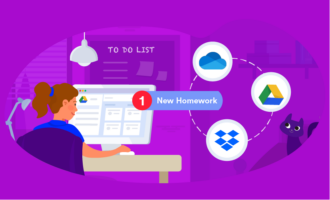


















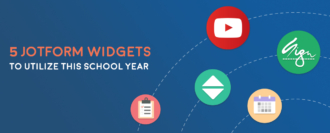

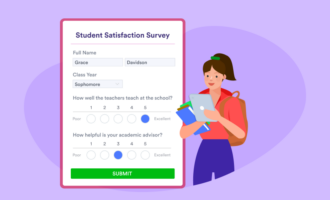


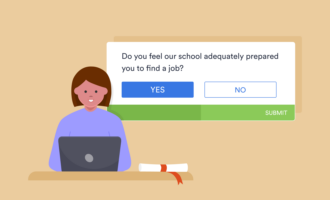
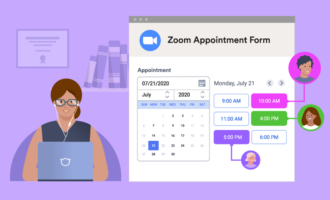
































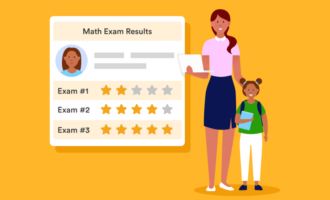
















Send Comment: